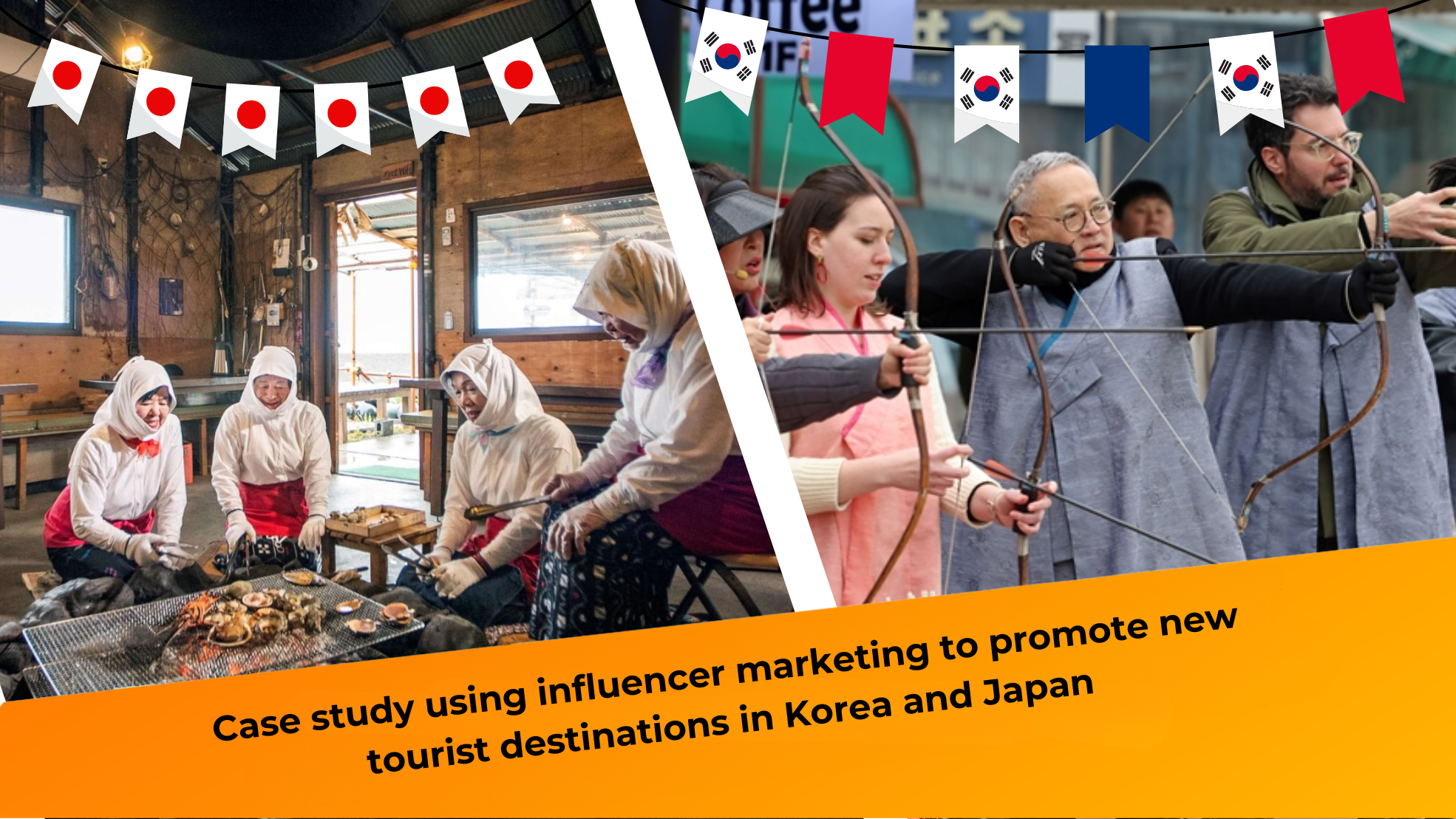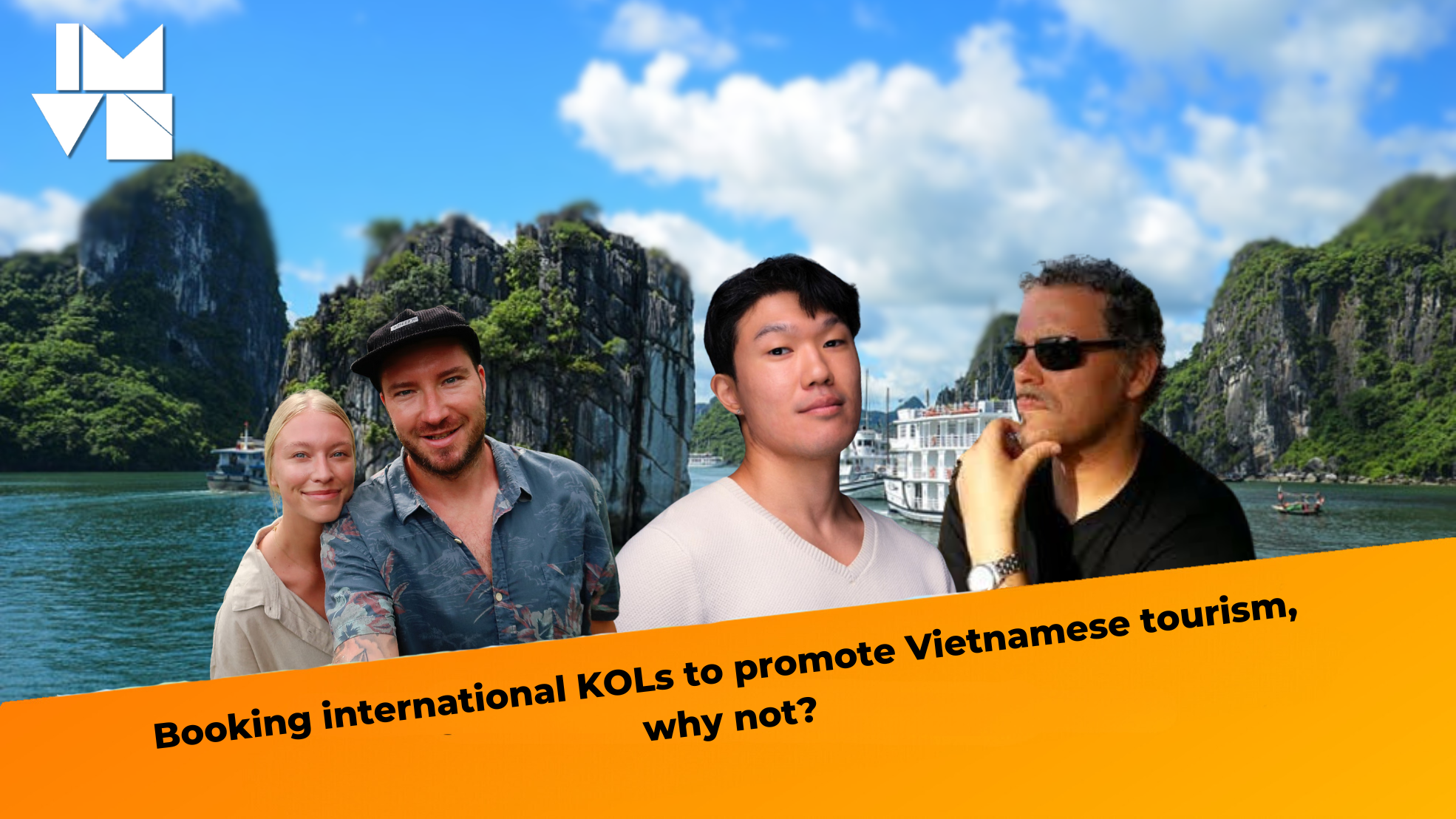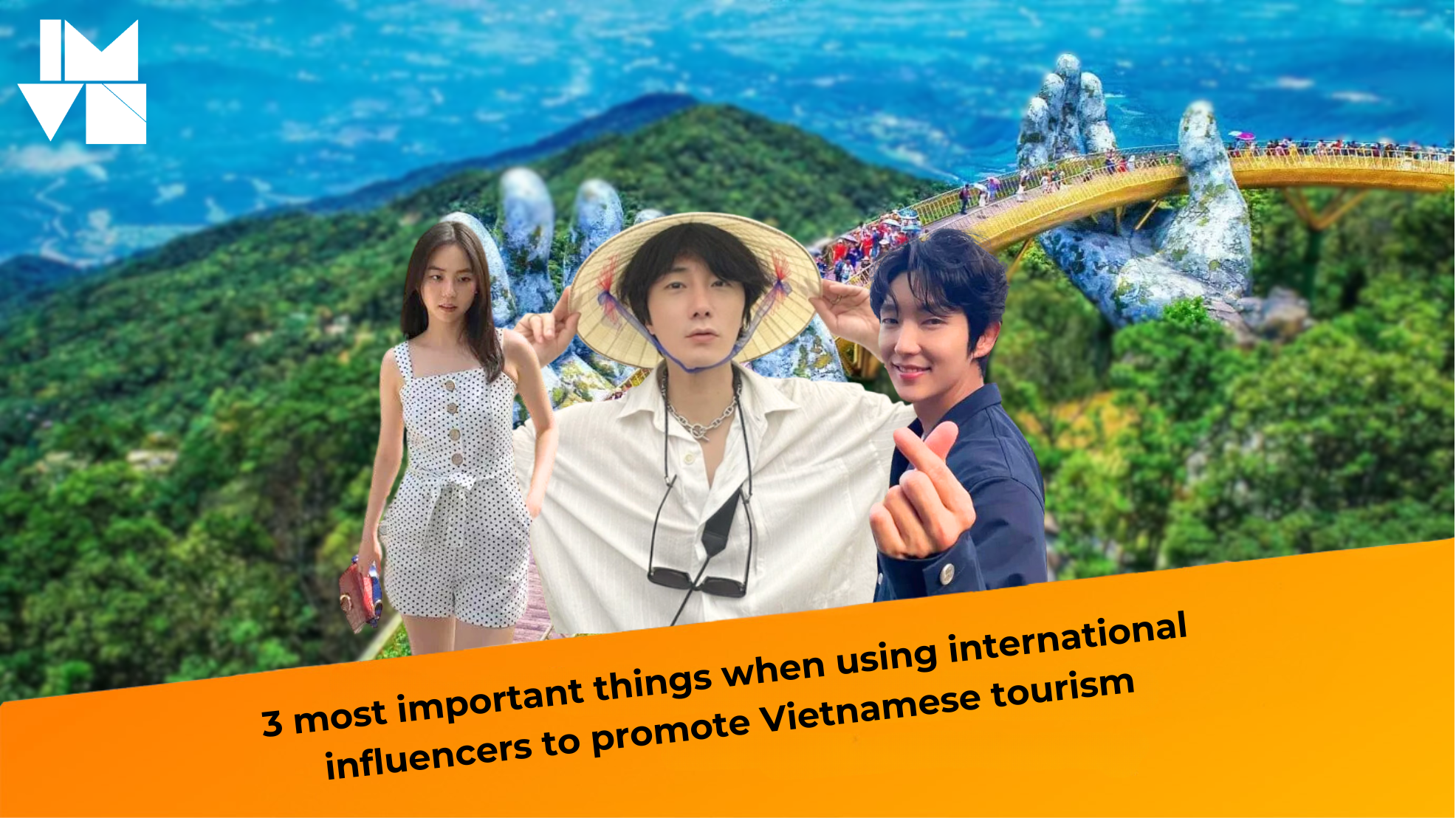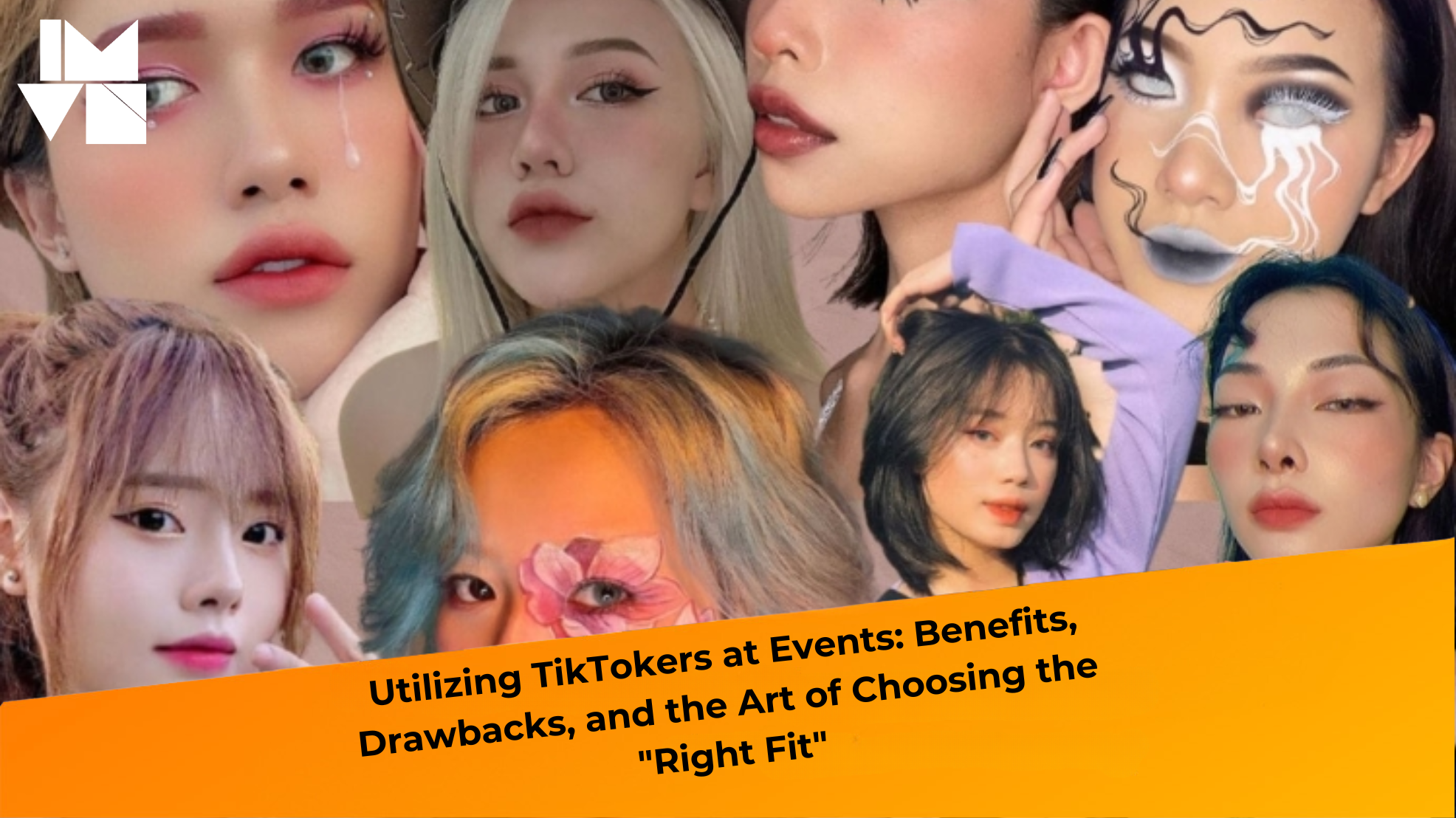The “boy-love” community in Thailand is becoming a cultural and entertainment phenomenon, attracting the attention of millions of fans. This has opened up a new “goldmine” for marketers, as “boy-love” influencers are increasingly seen as a potential advertising channel.
Why are Brands Interested in “Boy-love” Influencers?
- Massive Fan Base: “Boy-love” influencer couples often have a huge following and high loyalty.
- Strong Engagement: Fans are generally very enthusiastic about interacting with their idols’ posts, creating favorable conditions for product promotion.
- Positive Image: Most “boy-love” influencer couples cultivate a healthy and positive image, suitable for various types of products and services.
- Reaching Specific Customer Groups: “Boy-love” influencers help brands reach young customer groups who love Thai culture and support the LGBT+ community.
Examples of Successful Marketing Campaigns
- Cosmetic and Fashion Brands: Many brands have collaborated with “boy-love” influencer couples to promote new products, organize events, and meet fans.
- Tourism Industry: “Boy-love” influencer couples are often invited to participate in travel experiences and promote destinations.
- Mobile Applications: Many game and entertainment apps also leverage the image of “boy-love” influencers to attract users.
To further illustrate the potential of “boy-love” influencers in marketing in Thailand, here are some successful case studies:
CP Sausage x OffGun
- Brand: CP Sausage – A famous sausage brand in Thailand.
- Influencers: Off Jumpol and Gun Atthaphan – A popular “boy-love” couple from the series “Theory of Love.”
- Campaign: CP Sausage collaborated with OffGun to launch a new sausage product with special packaging featuring the couple. They also produced a TV commercial with OffGun, organized fan meetings, and conducted social media activities.
- Result: The campaign created a “fever” in the “boy-love” fan community, helping to increase sales and raise awareness of the CP Sausage brand.

Lazada x BrightWin:
- Brand: Lazada – A leading e-commerce platform in Southeast Asia.
- Influencers: Bright Vachirawit and Win Metawin – A famous “boy-love” couple from the series “2gether: The Series.”
- Campaign: Lazada chose BrightWin as brand ambassadors and carried out many promotional activities on its platform, including livestreams, TV commercials, and special promotions.
- Result: The campaign attracted millions of views and interactions, contributing to increased traffic and sales for Lazada.
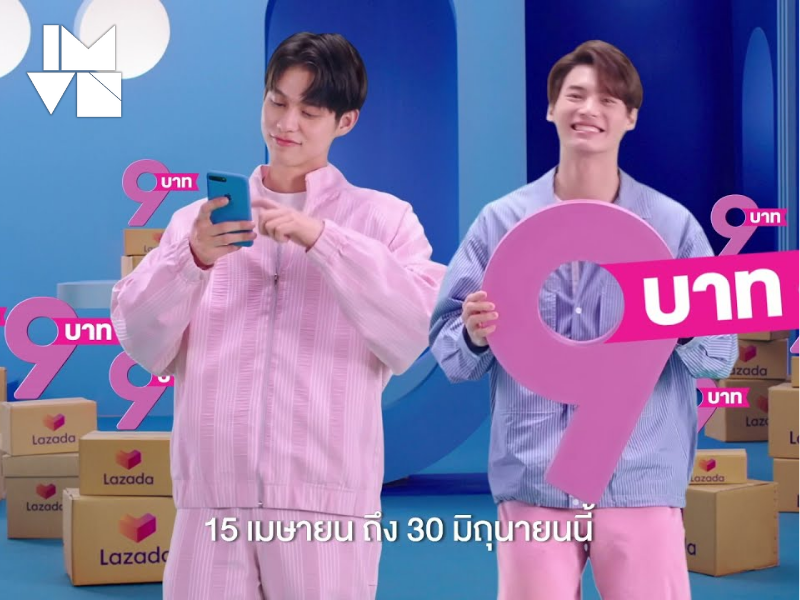
Samsung x MewGulf:
- Brand: Samsung – A multinational technology group.
- Influencers: Mew Suppasit and Gulf Kanawut – A famous “boy-love” couple from the series “TharnType: The Series.”
- Campaign: Samsung partnered with MewGulf to promote the new Galaxy smartphone line. They produced promotional photos, videos on YouTube, and organized a product launch event with the couple’s participation.
- Result: The campaign generated significant attention from the “boy-love” fan community, contributing to enhancing the brand image and driving sales for Samsung.
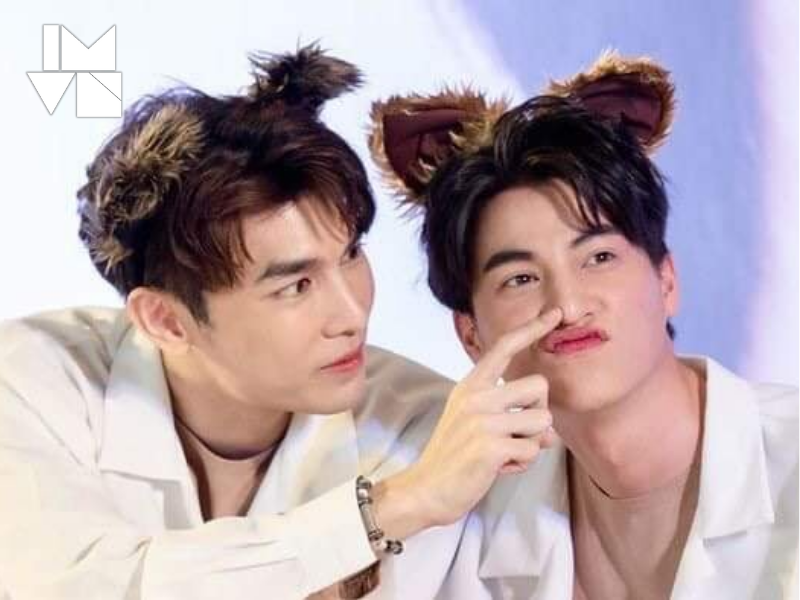
Comparison with Other Influencer Groups
Compared to other influencer groups such as beauty bloggers and food bloggers, “boy-love” influencers have unique advantages:
- Strong Influence in the Fan Community: “Boy-love” fans tend to be very supportive of their idols.
- Creative and Unique Content: “Boy-love” influencer couples often invest in content and visuals, creating a distinction from other influencer groups.
Appropriate Marketing Strategies
To maximize the potential of “boy-love” influencers, brands need to:
- Choose a Couple that Fits the Brand and Product.
- Develop Creative and Engaging Advertising Content that Aligns with the Couple’s Style.
- Facilitate Interaction Between the Couple and Fans.
- Measure and Evaluate the Effectiveness of the Campaign.
Conclusion
“Boy-love” influencers are becoming a new “goldmine” for marketers in Thailand. With the right strategy, brands can fully leverage the power of this influencer group to reach customers, increase sales, and build their brand.
